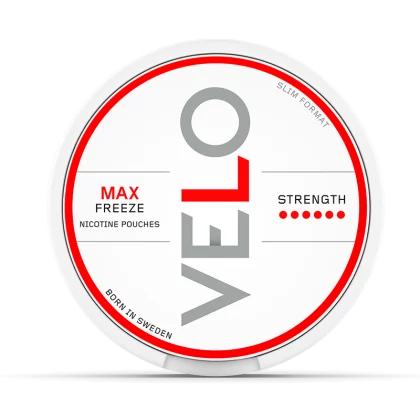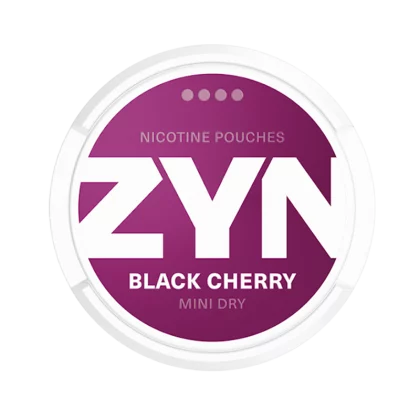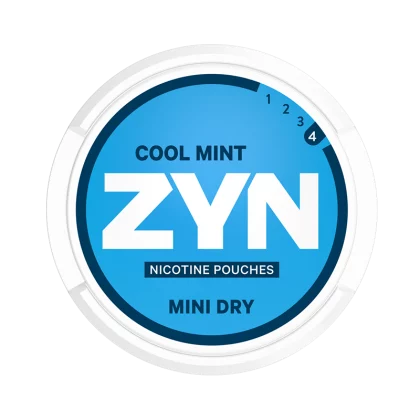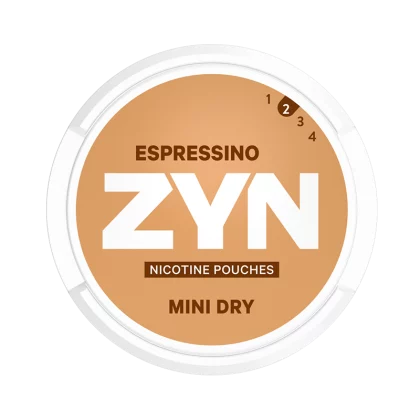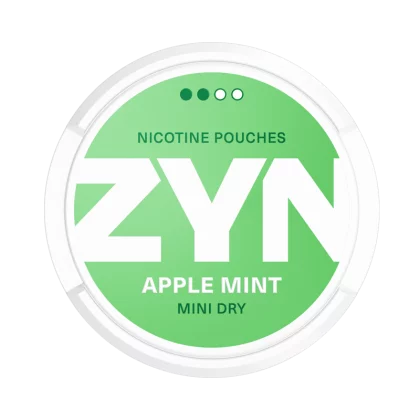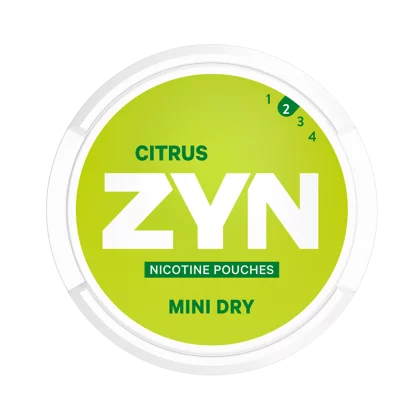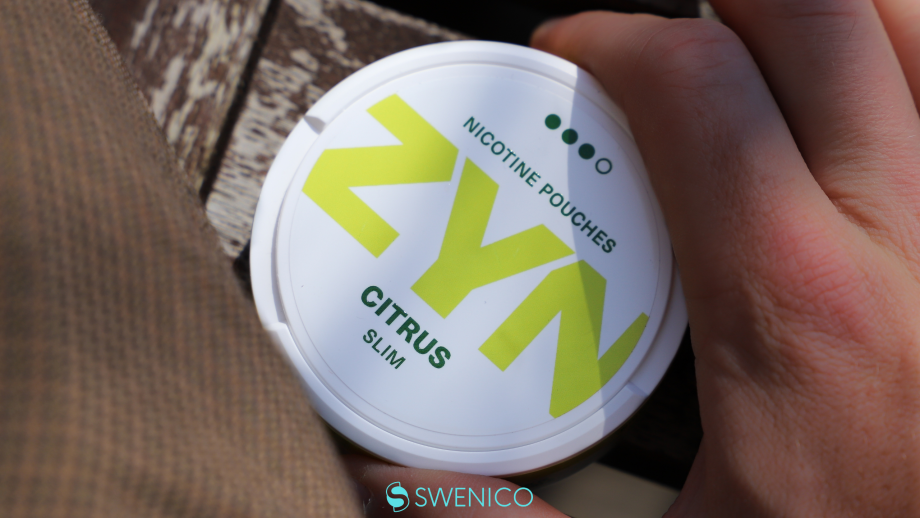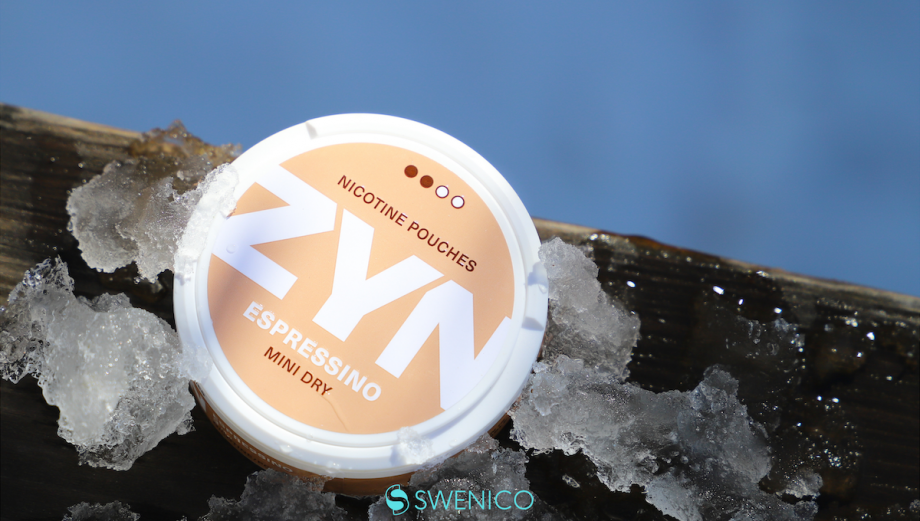Nicotine should not be confused with traditional Swedish tobacco snus. Although they share a lot of similarities, nicotine pouches, and snus are not the same.
In recent years, the landscape of nicotine consumption has witnessed a significant shift with the introduction of innovative alternatives to traditional tobacco products. More and more people are understanding the harmful effects of tobacco smoke and are looking for other, less harmful alternatives that are both free from smoke and tobacco.
Among these innovations are nicotine pouches which have gained substantial popularity due to their discreet, tobacco-free, smoke-free nature and ease of use. As their market presence continues to grow, so too does the curiosity and confusion surrounding their composition and the extent to which they can be considered tobacco products.
In this article, we will clarify a common misconception and misunderstanding which is that nicotine pouches are tobacco products. This article aims to provide a better understanding of nicotine pouches, their ingredients, and the key differences between them and traditional tobacco products.

What are Nicotine Pouches?
Nicotine pouches are small, pre-packaged portions of pouches containing nicotine. Nicotine pouches are often called ”all white” due to their white color which is achieved due to the use of plant fiber – rather than tobacco.
Nicotine Pouches contain nicotine, plant fiber, sweeteners, flavorings, and a few additional ingredients which improve their properties and longevity. The pouches are placed under the upper lip where the pouches release nicotine into the bloodstream via the mucous membrane. This makes nicotine pouches smoke-free and also hands-free, providing a convenient and discreet way to get your nicotine fix. A pouch is generally used between 10 and 50 minutes until it is removed and discarded.
Lets have a closer look at the main ingredients in nicotine pouches.
Nicotine
At the core of nicotine pouches is nicotine. The vast majority of brands use nicotine salt which is a tobacco-derived nicotine. There exists synthetic nicotine which is not derived from the tobacco plant but this is very uncommon to use on the nicotine pouch market as its properties make it less ideal to use compared to nicotine salt.
Plant-based Fibers
Since tobacco is not used in nicotine pouches like with traditional snus, the tobacco has been replaced with plant fibers.
These fibers are combined with binders and fillers to form a soft, moist, and non-abrasive material that is both comfortable to use and biodegradable. Different brands may use different types of fibers but two common options are fibers from pine and eucalyptus.
Flavorings and Sweeteners
Nicotine pouches often contain a variety of flavorings and sweeteners to enhance the user experience and make them more palatable. These can range from classic mint and menthol flavors to more exotic options like fruit, coffee, or even cocktail-inspired choices. The inclusion of these flavors allows for a more enjoyable flavor experience and gives a wide selection of options to cater to every user’s preference. Virtually all nicotine pouches contain sweeteners to create a more appealing flavor.
Do Nicotine Pouches contain tobacco?
Based on the list of ingredients above, nicotine pouches do not contain tobacco. They do however contain nicotine which is derived from the tobacco plant. However, the nicotine has been purified and is refined to become pure nicotine. Some jurisdictions have decided that because this nicotine is derived from the tobacco plant, it is a tobacco product, however, nicotine pouches contain no trace of tobacco in them.
There are two reasons why people often mistakenly assume that nicotine pouches are a tobacco product. First and foremost, nicotine is closely associated with tobacco. Secondly, nicotine pouches are technically a product development of traditional tobacco snus which is used in the same way as nicotine pouches. And because oral nicotine pouches are relatively uncommon in many parts of the world, there’s little knowledge about these products and how they work.
People who are not familiar with oral nicotine pouches may automatically assume that snus and nicotine pouches are the same. And whilst they are used in the same way, they are worlds apart seeing that one contains tobacco and one is free from tobacco. In the EU, for example, snus is banned but nicotine pouches are allowed due to the fact that they do not contain any tobacco. Moreover, since snus contains tobacco, it gets a very distinct flavor which does not appeal to everyone. Since nicotine pouches, on the other hand, contain plant fiber which is tasteless, it can be made in an endless selection of different flavors.
Tobacco vs. Nicotine: Understanding the Difference
Nicotine is a naturally occurring alkaloid found in tobacco plants, primarily in the leaves. In traditional tobacco products, nicotine is extracted directly from the plant through a curing and processing method. The presence of nicotine, along with other harmful chemicals and additives, has led to tobacco being associated with numerous health risks, including cancer, heart disease, and respiratory issues.
Synthetic Nicotine Production
Synthetic nicotine is produced through a laboratory process that does not involve tobacco plants. Synthetic nicotine is engineered to be chemically identical to its natural counterpart but without the impurities and additional chemicals found in tobacco-derived nicotine. This distinction allows manufacturers to create nicotine products without relying on tobacco leaves. Synthetic nicotine is used in some nicotine products but not nicotine pouches as it is not as good as tobacco-derived nicotine for oral use.
Health Risks Associated with Tobacco
Tobacco use is a leading cause of preventable death and disease worldwide. The combustion of tobacco in products such as cigarettes and cigars generates thousands of harmful chemicals, including tar, carbon monoxide, and various carcinogens. Moreover, smokeless tobacco products like chewing tobacco and snuff also contain hazardous substances and are associated with oral cancers and other health issues. The presence of tobacco in these products significantly contributes to the health risks associated with their use.
Health Risks Associated with Nicotine
While nicotine itself is not without risks, it is essential to differentiate between the dangers posed by nicotine and those caused by tobacco. Nicotine is a stimulant that can lead to addiction and dependence, potentially causing withdrawal symptoms and making it challenging to quit using nicotine products. However, it is not considered a significant contributor to the severe health risks linked to tobacco use, such as cancer and lung disease. It is worth noting that nicotine can still have adverse effects on cardiovascular health, predominantly in individuals with pre-existing heart conditions. Nicotine should not be consumed in any form by pregnant women.
Popular nicotine pouches
-
ZYN Cool Mint Mini Dry Normal 3mgPrice is hidden
-
VELO Freeze MAXPrice is hidden
-
ZYN Mini Black Cherry 6 mgPrice is hidden
-
ZYN Cool Mint Mini Dry Extra StrongPrice is hidden
-
ZYN Espressino Mini Dry Normal 3mgPrice is hidden
-
Zafari Desert Mint 4mgPrice is hidden
-
VELO Ice Cool Mint Strong SlimPrice is hidden
-
ZYN Apple Mint Mini Dry 3mgPrice is hidden
-
ZYN Citrus Mini Dry Normal 3mgPrice is hidden



